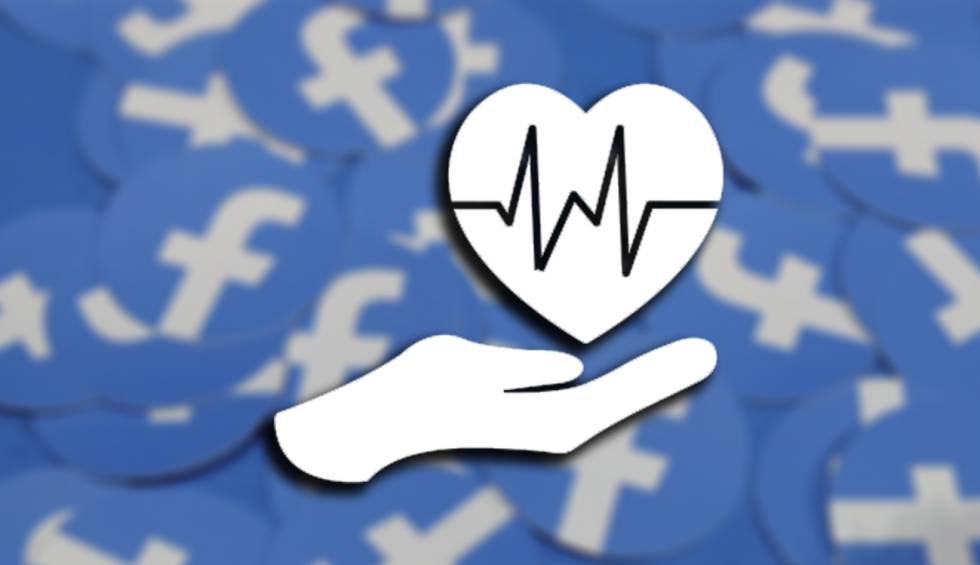
According to the Center for Disease Control and Prevention, preventive care services can save 100,000 lives a year. Daily, healthcare systems and providers focus on how to deliver primary prevention services best and how to ensure that the coordination of the payment model is providing such care. However, for optimal success to occur, we need to expand our outreach. Thus, for maximum achievement, it’s necessary to think outside our usual paradigm to enhance engagement with those we serve.
Almost daily, the News publishes an article on how social media and digital platforms are influencing and impacting our behavior. For instance, consider all the conversations that occur regarding how that influence is affecting the election process. If one pivots to healthcare, how might one leverage it in the same manner, and for the wellbeing of all? These platforms have the ability not only to reach a broader audience but also to target their focus to specific groups.
Such activity happens on one of the most widely used social media platforms, Facebook. For instance, in
2017, they succeeded in registering 35 million people as blood donors worldwide. Furthermore, In November of this past year, Facebook launched the Facebook Preventive Health tool on its mobile app. The app allows US users to evaluate the information concerning health recommendations and resources for primary prevention. Consequently, Social Media Platforms have the potential to reach millions and be incredibly impactful in target messaging to different population segments.
Another advantage of social media is that we share common interests, and a social “bond” also has the potential to influence us profoundly. In particular, we have witnessed the negative impact of this influence on immunizations.
Since such outlets have the power to influence, we must guarantee that these platforms are pushing in positive directions. Such platforms must understand their role in healthcare as potential “providers.” This fact elevates the importance of the information shared and the platform’s ability to “keep up” with the latest recommendations. No longer can social media merely stipulate, “We are just a place for people to do whatever they want?” Such freedom also comes with responsibility.
Therefore, it behooves the healthcare industry to help identify misinformation and collaborate with the social media industry. Hence, let our medical societies, associations, and task-forces be a leading source for information and utilize partnerships to advance a public health agenda. Allowing us, to communicate and activate the difficult to access populations concerning needed information in a manner that is engaging.
Overall, as a society, it appears that the benefits of utilizing social media sites outweigh the harms of the “big data” companies’ gathering of personal data, understanding our buying habits, who we associate with and items we like, etc. However, do we feel the same way concerning our health information? For example, if I “like” a cancer prevention site, does that mean I have cancer, or does it mean it concerns me? Let us focus on leveraging all the tools in our toolbox to enhance primary prevention while simultaneously protecting the information.
